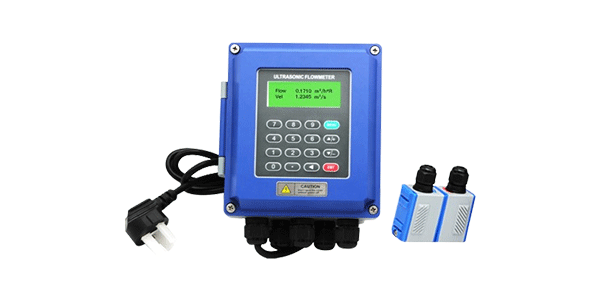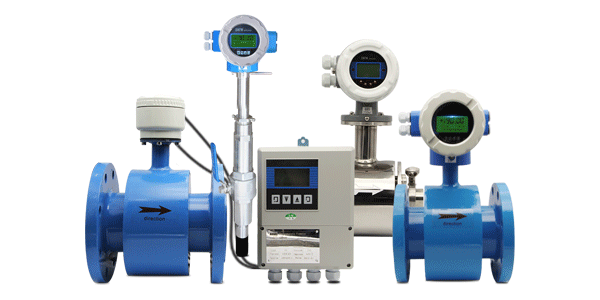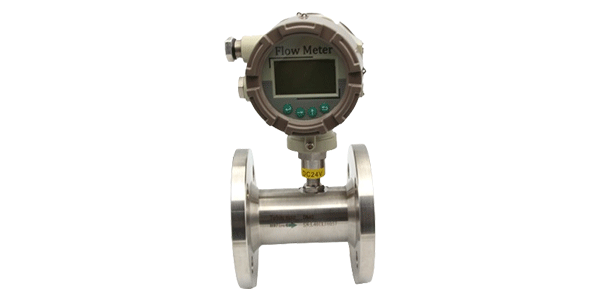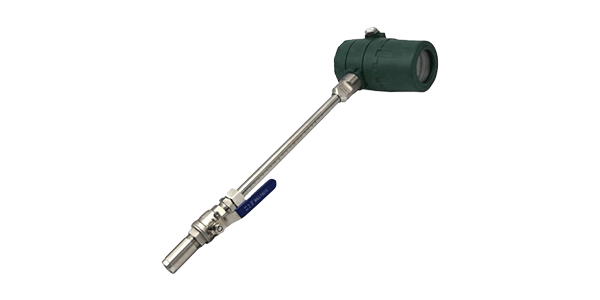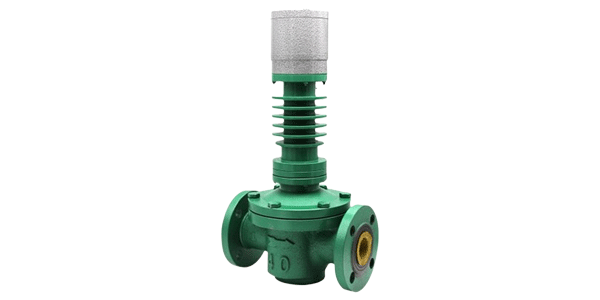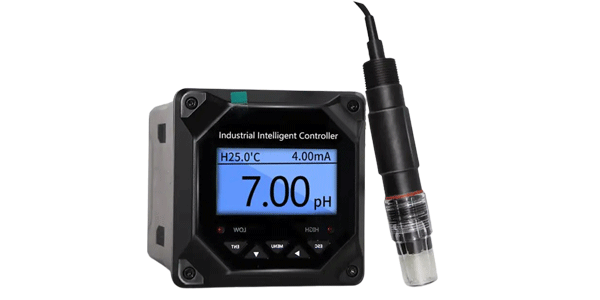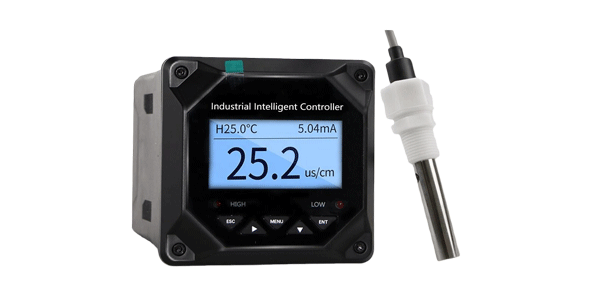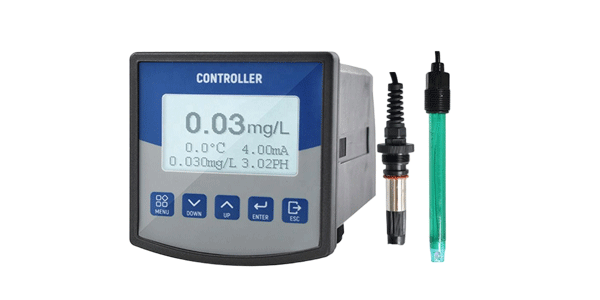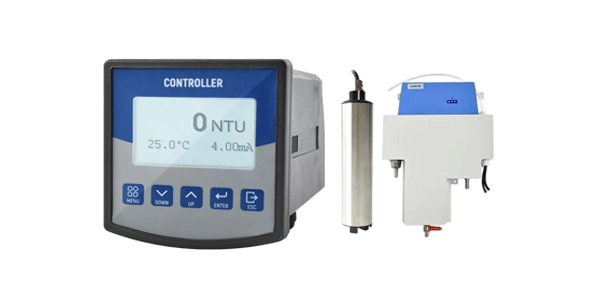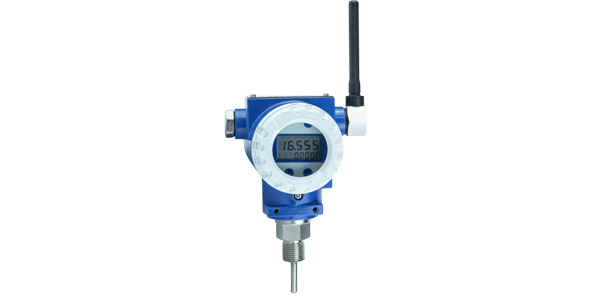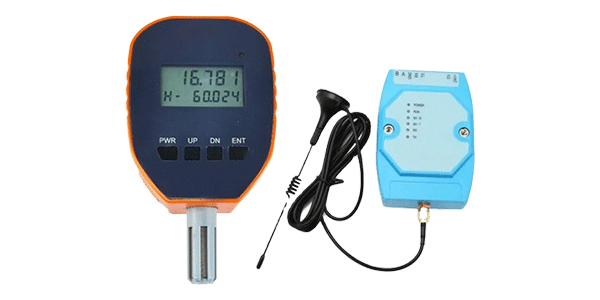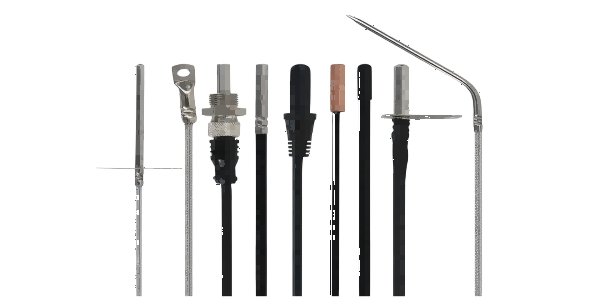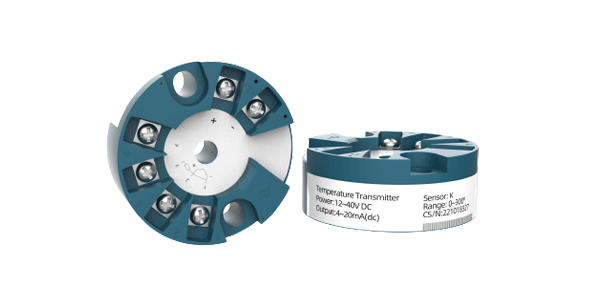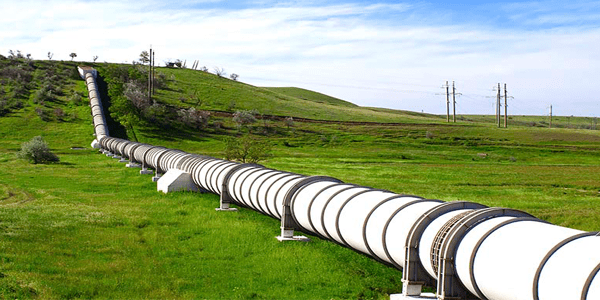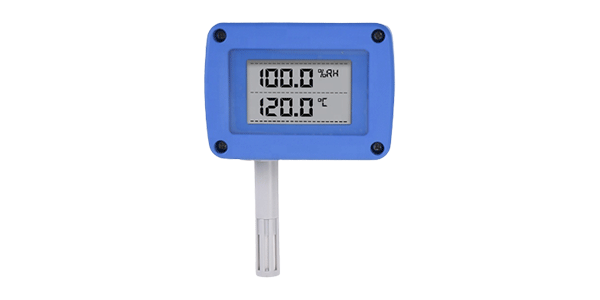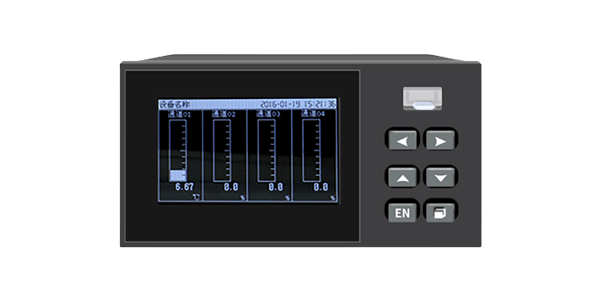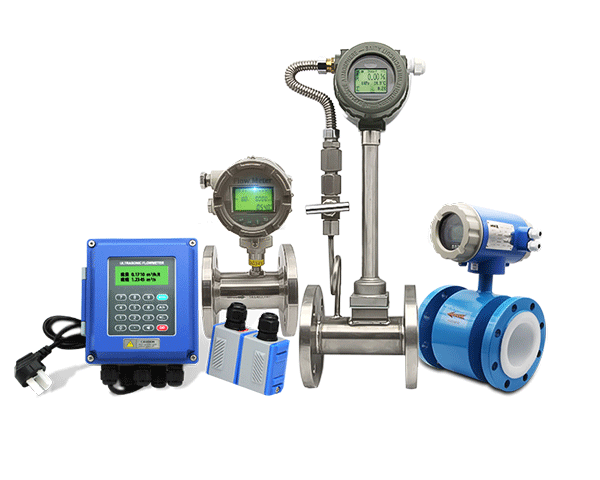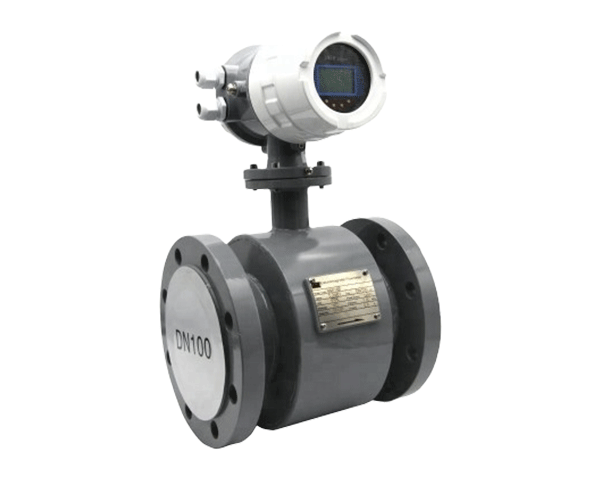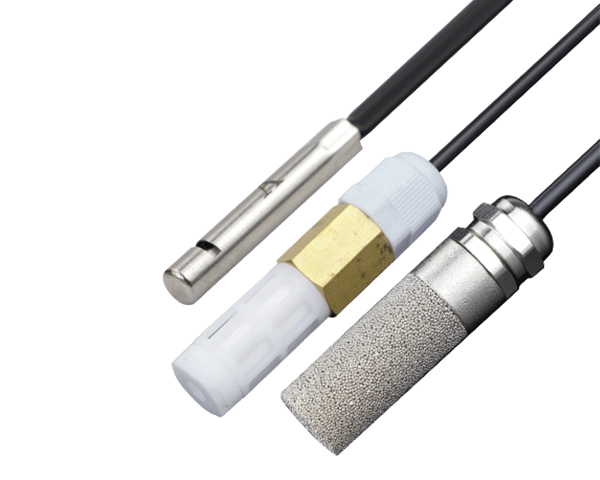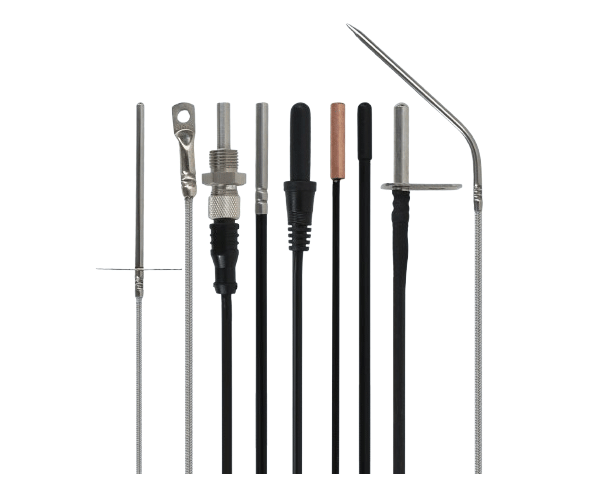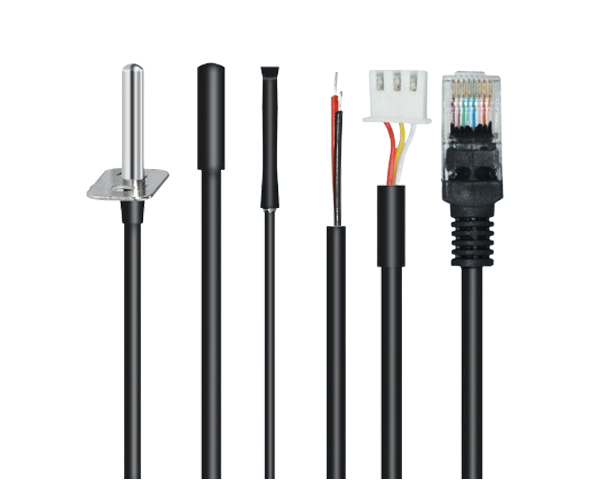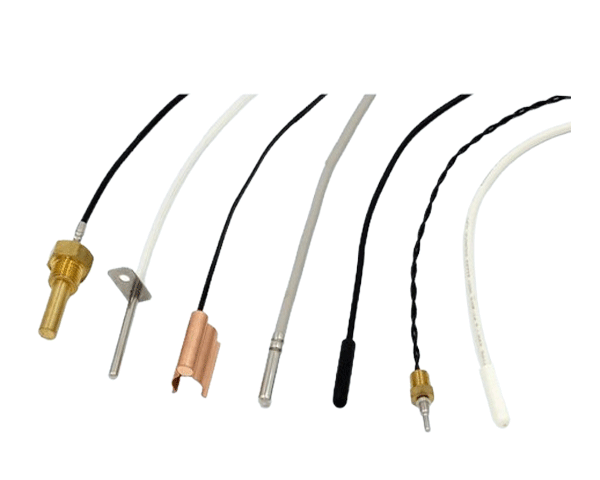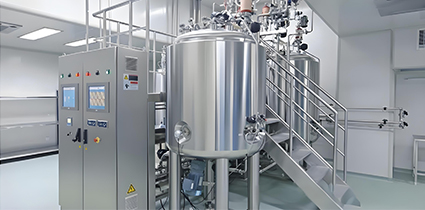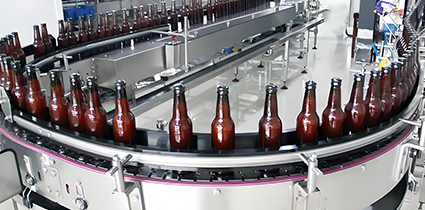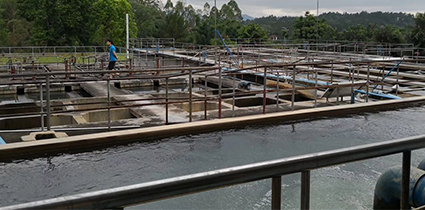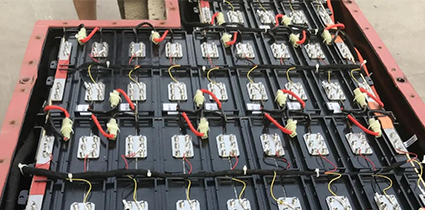In this comprehensive guide, you'll discover how to master biological fermentation processes through precise monitoring and control. You'll learn about the critical parameters that affect fermentation efficiency, the essential monitoring equipment, and best practices for maintaining optimal conditions throughout your fermentation cycles.
What is Biofermentation Engineering?
Biofermentation engineering is an advanced technology that utilizes biological systems including microorganisms, enzymes, or cells to conduct fermentation processes for producing valuable compounds and products. This technology transforms raw materials into everything from pharmaceuticals and biofuels to food ingredients and industrial chemicals.
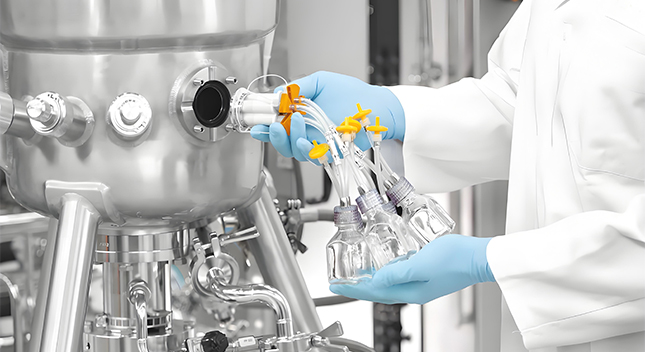
The Biological Fermentation Process Explained
The efficiency of biological fermentation depends entirely on maintaining precise environmental conditions. Only when you provide stable, controlled parameters can microorganisms reproduce optimally and yield maximum product harvest. Throughout the fermentation cycle, you must maintain appropriate temperature, pH levels, dissolved oxygen, turbidity, flow rates, and pressure to ensure robust microbial growth and efficient product synthesis.
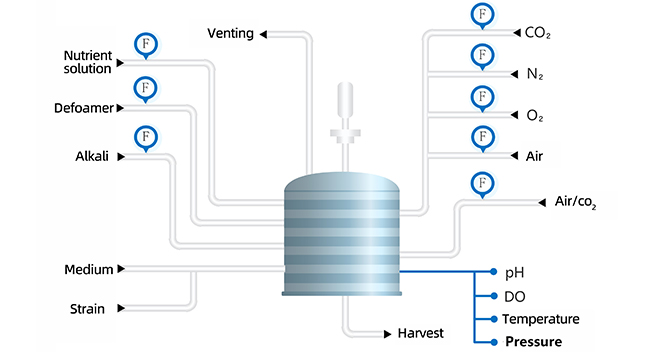
Critical Monitoring Indicators for Fermentation Success
Flow Measurement in Fermentation
During biological fermentation, you typically introduce oxygen (O₂) and carbon dioxide (CO₂) to supply essential oxygen for microbial growth and stimulate the fermentation process. Simultaneously, you must control CO₂ concentrations produced during fermentation to prevent adverse effects on microbial development.
Gas Flow Measurement: Thermal gas mass flow meters or vortex flow meters provide accurate measurement of gas flows.
The nutrient solutions required for microbial growth and reproduction promote microorganism development and metabolism, ultimately enhancing fermentation product yield and quality. Microorganism metabolism generates bubbles that can cause excessive foam in fermentation liquid, compromising fermentation effectiveness. Defoamers help reduce foam generation, preventing overflow and gas mass transfer issues.
Liquid Flow Measurement: Electromagnetic flowmeters or Coriolis mass flowmeters deliver precise liquid flow measurements.
Water Quality Parameters
pH Monitoring: pH significantly influences microbial growth and metabolism during biological fermentation. By monitoring and adjusting fermentation broth pH, you maintain an optimal growth environment that promotes microorganism development and product synthesis.
Dissolved Oxygen (DO): Dissolved oxygen is essential for microorganism metabolism and growth in biological fermentation. Monitoring DO concentration enables you to control oxygen supply, ensuring microorganisms have sufficient oxygen for metabolic activities.
Turbidity Measurement: Turbidity reflects liquid transparency and cleanliness. Monitoring turbidity helps you understand impurity content in liquids, allowing timely cleaning and treatment measures to ensure normal fermentation progression.
Temperature Control
Temperature represents one of the most critical factors affecting microbial growth and metabolism. Different microorganisms exhibit varying temperature adaptability. Through consistent monitoring and temperature adjustment, you maintain fermentation liquid within optimal temperature ranges, thereby promoting microbial growth and metabolic activities while improving fermentation product yield and quality. Sanitary thermal resistance temperature transmitters provide accurate temperature measurement with easy installation and cleaning capabilities.
Frequently Asked Questions About Biological Fermentation
Why is dissolved oxygen monitoring critical in biological fermentation?
Dissolved oxygen is essential for aerobic microorganisms' metabolic processes. Insufficient DO can stall fermentation, while excess oxygen may inhibit certain microbial strains. Proper DO control ensures optimal metabolic rates and product yields.
How does pH affect fermentation efficiency?
pH influences enzyme activity, membrane transport, and microbial metabolism. Each microorganism has an optimal pH range, and deviations can reduce growth rates, alter metabolic pathways, or even cause culture death.
What flow measurement technology works best for fermentation gases?
Thermal mass flow meters are preferred for gas flow measurement in fermentation due to their high accuracy, wide turndown ratios, and minimal pressure drop, which is crucial for maintaining sterile conditions.
Why monitor turbidity in fermentation processes?
Turbidity monitoring helps detect contamination, cell density changes, and process consistency. Sudden turbidity changes can indicate contamination issues or metabolic shifts that require immediate attention.
How temperature fluctuations impact fermentation outcomes?
Temperature affects reaction rates, oxygen solubility, and microbial metabolism. Even slight temperature variations can significantly impact product yield, quality, and process consistency in sensitive fermentations.
Optimize Your Fermentation Process Today
Get expert guidance on implementing precise monitoring and control systems to maximize your fermentation efficiency and product quality.
